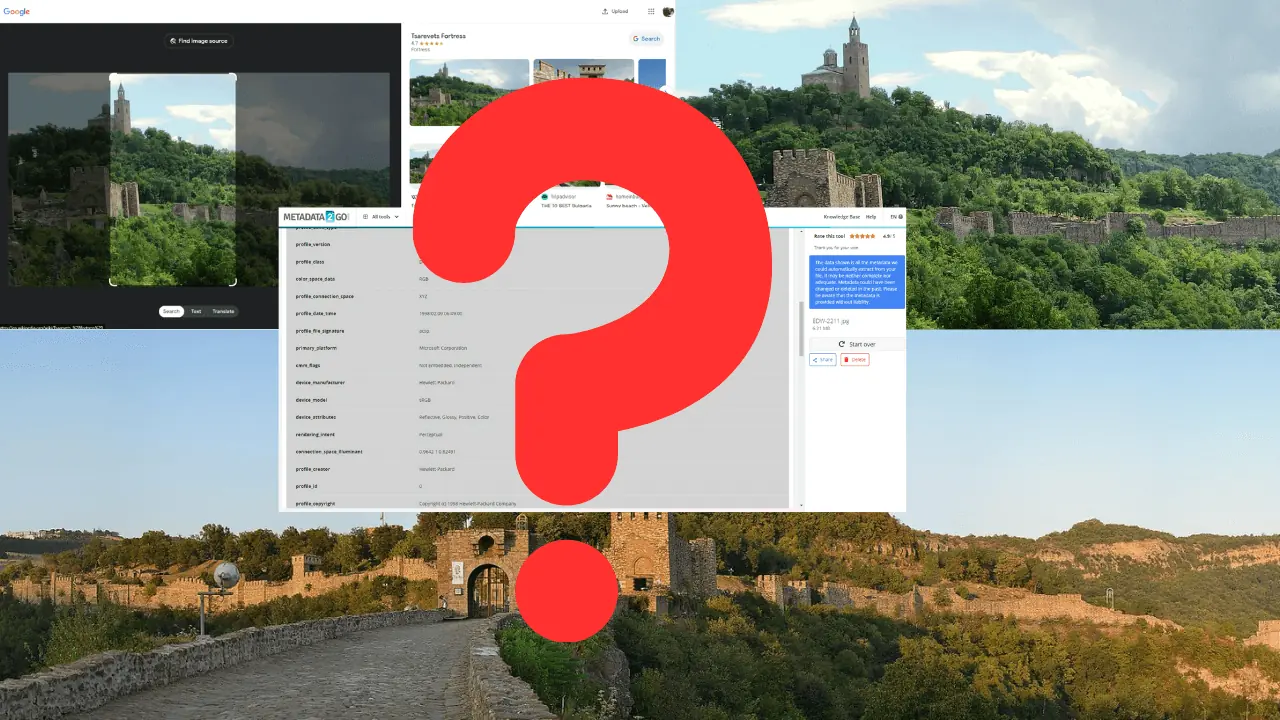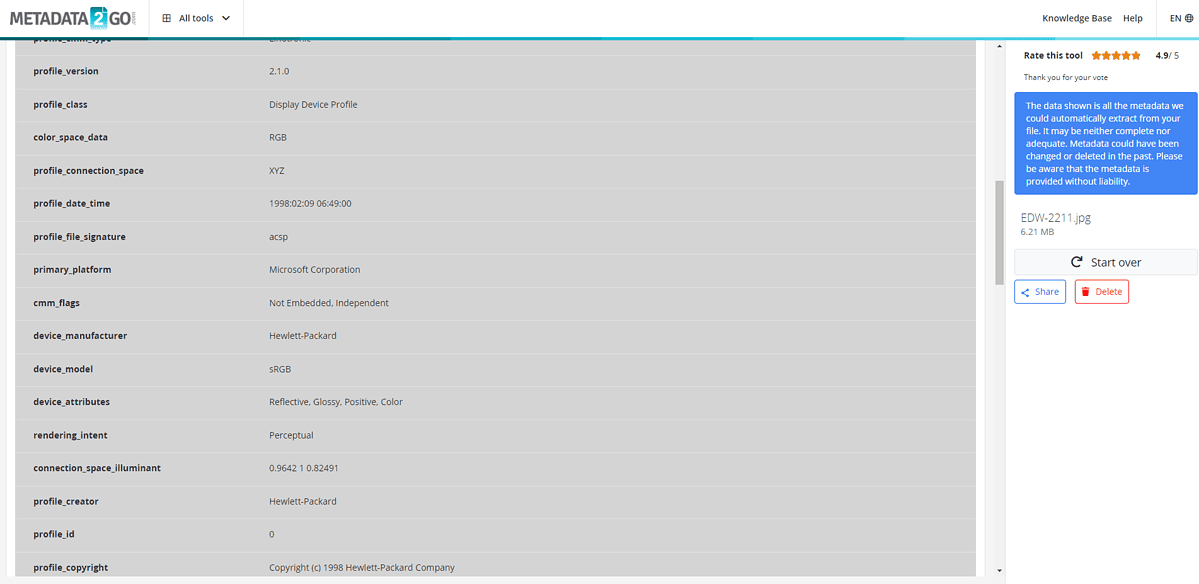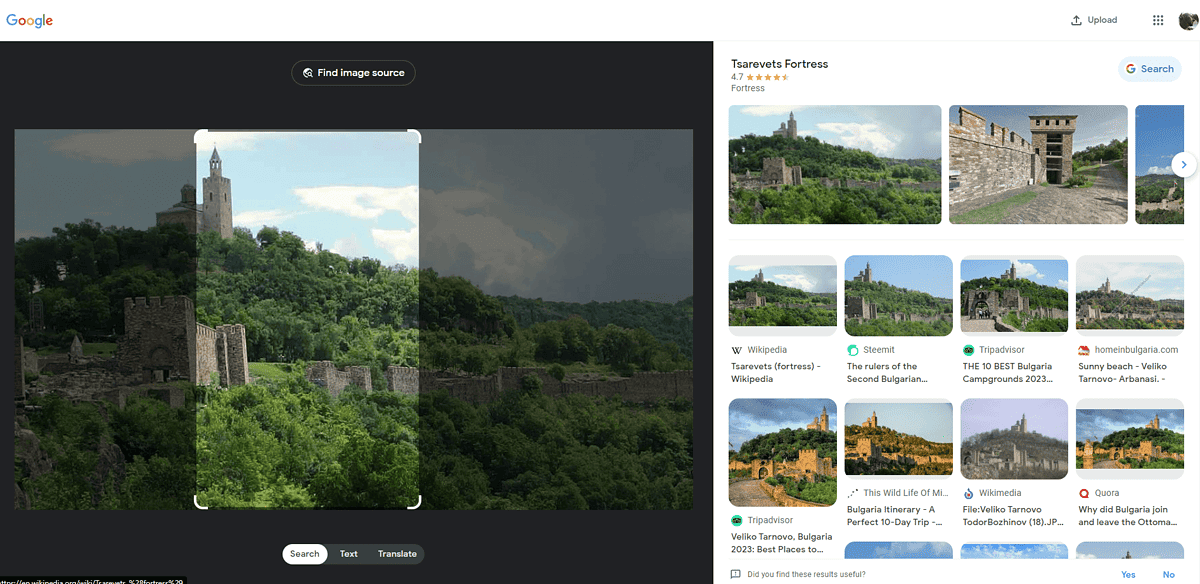Identifying the Exact Location from a Photo Without a Geotag: A Comprehensive Guide
4 min. read
Published on
Read our disclosure page to find out how can you help MSPoweruser sustain the editorial team Read more

Identifying the location from a photo without a geotag can be a challenging yet rewarding experience.
Photos often serve as windows to distant places, capturing not just moments but also the essence of locations. However, when these photos lack geotags, the mystery deepens. That’s why, in the guide below, I’ll show you how to figure out the exact location where a photo was taken.
Let’s go!
How to identify the location from photo without a geotag
1. Check for visual landmarks
Landmarks, whether man-made or natural, often hold the key to a photo’s location. The majestic Eiffel Tower, the sprawling Grand Canyon, and the serene beaches of Bali are all distinct identifiers. But it’s not just the world-famous landmarks; local monuments, unique architectural designs, or even a peculiar street corner can provide valuable clues. Recognizing these elements and cross-referencing them with Paris’s iconic landmarks or other databases can often lead to quick answers.
2. Extract metadata
Every digital photo carries with it a trail of metadata. This data, often hidden from plain view, can reveal a lot of information. From the camera’s make and model to the exact time a photo was taken, metadata is a goldmine. And sometimes, if you’re lucky, it might even contain geolocation data. Platforms like Metadata2Go offer insights into extracting and interpreting this information.
3. Reverse Image Search
The internet is vast, and there’s a good chance that the photo you’re trying to place has appeared somewhere online. Platforms like Google Images allow for reverse image searches. By uploading the photo, these platforms scour the web, looking for matches. Often, this can lead to forums, blogs, or websites where the photo’s location is discussed or mentioned. Find out more about reverse image searching.
4. Check online communities
The collective knowledge of online communities is astounding. Platforms like Reddit, with its dedicated subreddits like r/WhereIsThis, or Quora, where users answer queries, can be a goldmine for location identification. Sharing the photo on such platforms can lead to fast answers, as the diverse user base of platforms like Reddit often has members from every corner of the globe.
5. Flora, fauna, and geology
Every region on Earth has its unique set of plants, animals, and geological formations. A photo showcasing the vibrant colors of a Scarlet Macaw might hint at Central or South America, while the sight of a Baobab tree could suggest Africa. Delving into the world of Australia’s unique wildlife or other regional flora and fauna can provide valuable insights.
6. Man-made hints
From the language on a street sign to the branding on a local bus, man-made elements within a photo can offer lots of clues. Even the architectural style of buildings, the design of vehicles, or the attire of people can hint at specific regions or countries. Check the photo closely to find such clues.
7. Advanced tools
For those who love diving deep, specialized software and tools offer advanced methods to extract and interpret data from photos. Here are several must-have tools to help you find out additional information from a photo:
8. Mapping the Coordinates
Sometimes, the metadata might reveal GPS coordinates. These coordinates can be plugged into platforms like Google Maps to reveal the exact location. This method, while straightforward, is incredibly accurate. Learn more about using GPS coordinates on Google Maps. For those looking to find a midpoint for meetups or travels, learn how to find the halfway point on Google Maps.
9. Be mindful of potential privacy violations
While geotags can be incredibly helpful, they also come with privacy concerns. In the age of digital surveillance and data breaches, sharing geotagged photos can sometimes reveal more than intended. It’s essential to be aware of these implications and take necessary precautions. Find out more about privacy concerns surrounding geotagged photos. For those looking to manipulate or share location data, tools that fake GPS location on iPhone or methods to share your location using your iPhone can be both fun and functional.
Conclusion
In the quest to identify the location from a photo without a geotag, various tools and techniques come into play. While the journey can be challenging, the satisfaction of solving the mystery is unparalleled. As technology advances, so do the methods available to us, making the world a smaller, more connected place. Always remember to approach geotagged photos with caution, respecting privacy and the power of shared information.










User forum
0 messages